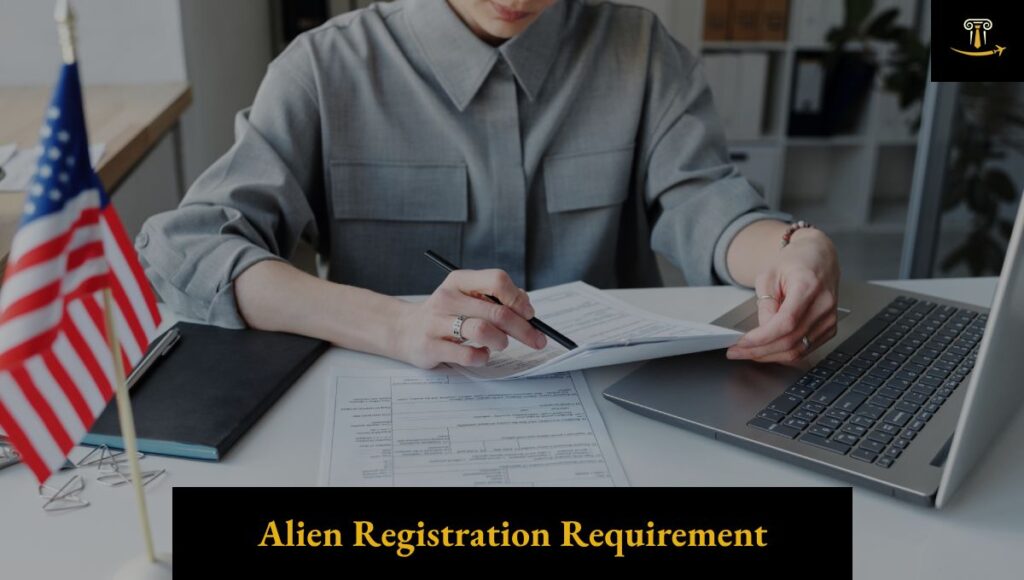As the new fiscal year approaches, many individuals in F-1 status—particularly those working under Optional Practical Training (OPT) or STEM OPT—are preparing for the transition to H-1B status. This period often coincides with international travel plans to visit family or attend personal matters abroad. However, international travel during this time requires careful planning, as it can directly impact the change-of-status process. This article outlines key considerations and potential risks associated with travel while transitioning from F-1 to H-1B status.
Travel Before the Effective Date of H-1B Status
Under U.S. immigration regulations, if a change-of-status petition is pending and the applicant departs the United States before it is approved, the request for a change of status is generally considered abandoned. However, if the H-1B petition has already been approved with a future start date (typically October 1), and the individual departs the U.S. after approval, the change-of-status request typically remains intact—provided that the individual returns to the United States in valid F-1 status before the H-1B start date.
To maintain eligibility for the automatic change of status on October 1, the following conditions must be met:
- The H-1B petition was approved with a change of status request.
- The individual renters the U.S. before October 1 in the same non-immigrant status they held when departing (e.g., F-1 OPT).
- The re-entry occurs prior to the H-1B start date.
Failure to satisfy these conditions may result in the change-of-status component being invalidated, requiring the individual to apply for an H-1B visa at a U.S. consulate before returning to work.
Travel While Working on F-1 OPT or STEM OPT
F-1 students who are working under OPT or STEM OPT must ensure they carry all required documentation before traveling internationally. To re-enter the United States in F-1 OPT status, a student must have the following valid, unexpired documents:
- A valid F-1 visa stamped in their passport
- A valid Employment Authorization Document (EAD)
- A Form I-20 endorsed for travel (signed by the Designated School Official within the past six months)
- A passport valid for at least six months beyond the date of re-entry
- Proof of employment or a job offer in the field of study
While some guidance permits travel during a pending OPT or STEM OPT application, travellers should be aware that re-entry without an approved EAD may pose challenges at ports of entry. U.S. Customs and Border Protection (CBP) officers have, in some instances, denied entry to individuals who could not produce an approved EAD card, even if the application was still pending.
Travel During Cap-Gap Extension Period
F-1 students who have an H-1B petition filed and approved before their OPT expires may qualify for cap-gap extension, allowing them to continue working in F-1 status until the H-1B start date. However, individuals benefiting from cap-gap relief should avoid international travel. If a student departs the U.S. during this period, they cannot re-enter in F-1 status, as the cap-gap extension is not recognized for re-entry purposes. In such cases, re-entry into the U.S. would only be possible with an approved H-1B petition and a valid H-1B visa stamp, which may not be available before October 1.
Practical Example
Consider a student with OPT valid through November 30. Their employer files a cap-subject H-1B petition requesting a change of status from F-1 to H-1B, with an October 1 start date. The petition is approved on July 1. If the student departs the U.S. on August 1 and returns on September 1 in valid F-1 OPT status, the H-1B change of status will take effect as scheduled on October 1, because the most recent government action (the change of status) remains in place. However, if the student is unable to return in F-1 status or renters after October 1, the change of status could be deemed abandoned.
Conclusion and Recommendation
International travel during the F-1 to H-1B transition period involves several risks, particularly when change-of-status petitions are involved. To avoid unintended consequences, students should carefully evaluate their travel plans in light of their visa status, document validity, and petition timelines.
At Immigration Fleet, we continue to monitor the evolving policies surrounding F-1 to H-1B transitions, including the complex implications of international travel during this period. If you are an F-1 student planning to travel abroad or an employer supporting a candidate through the H-1B process, we strongly recommend consulting with our team before making any travel decisions. Our experienced immigration professionals are here to provide strategic guidance and ensure full compliance with current USCIS and CBP requirements, helping you navigate this transitional phase with confidence and precision.





